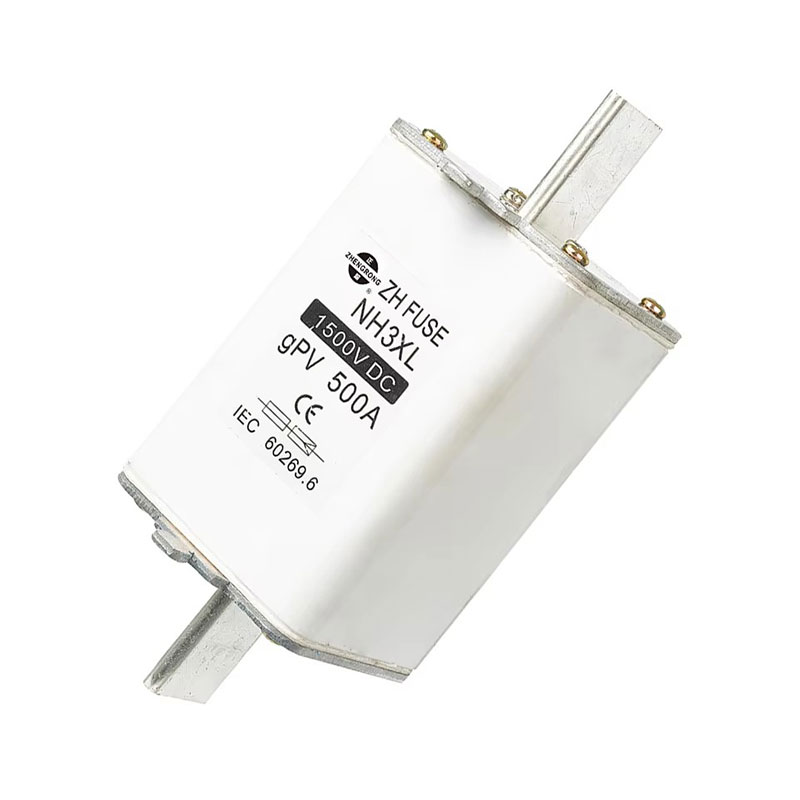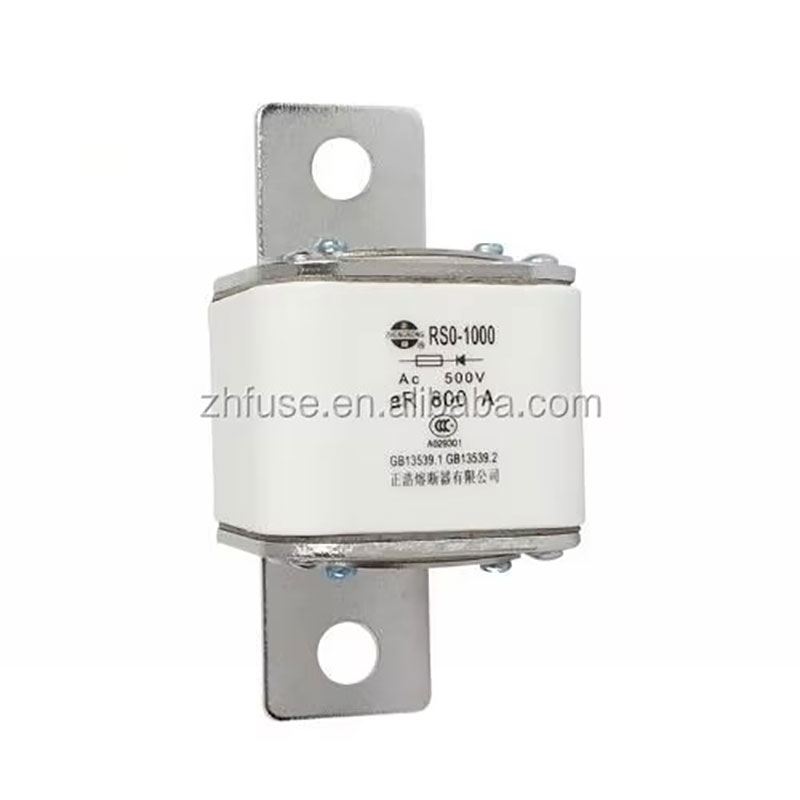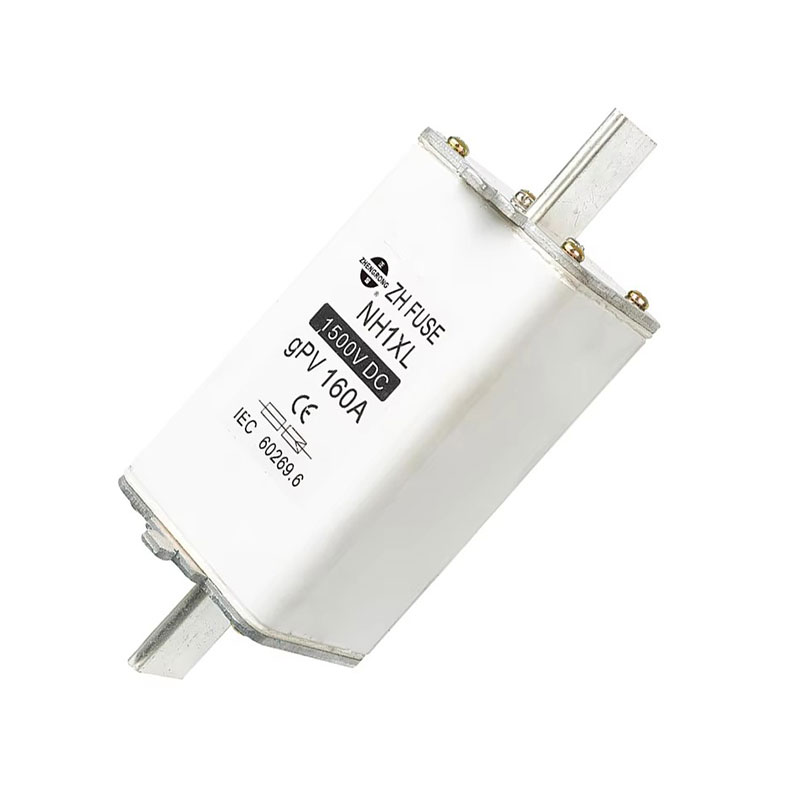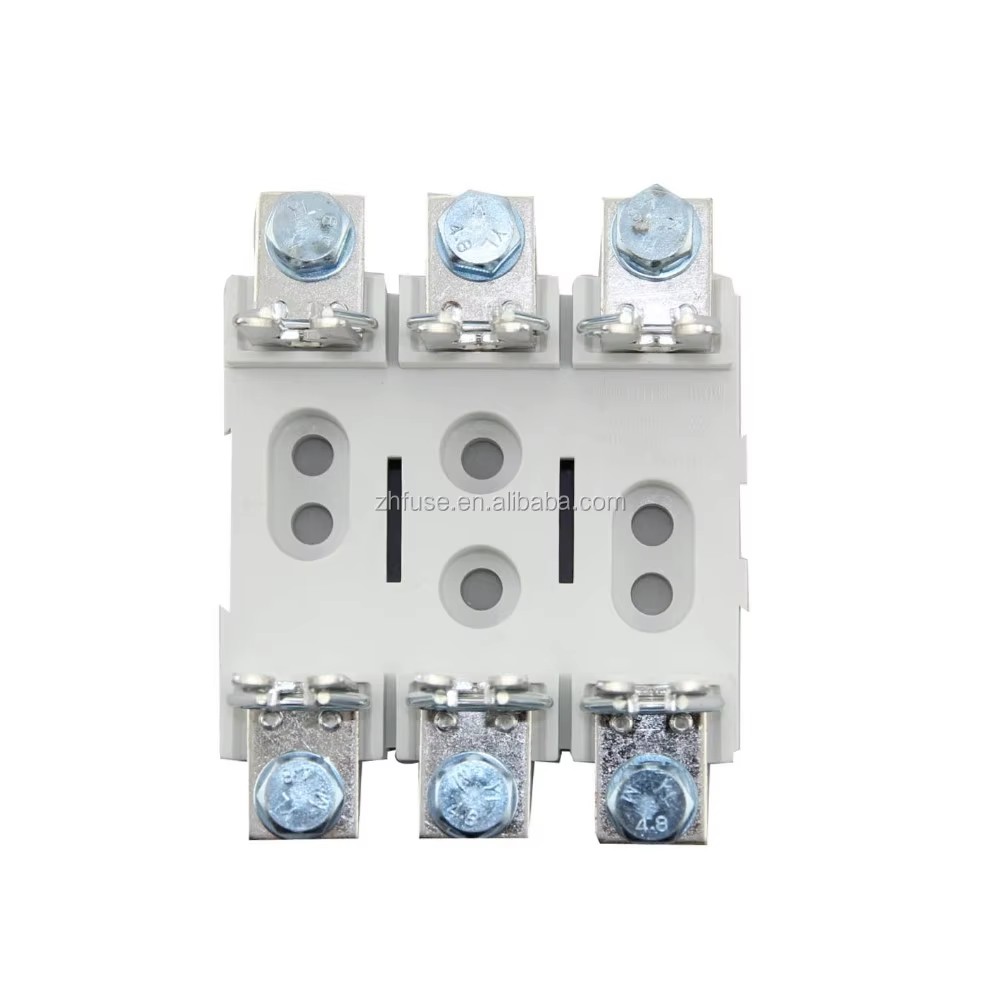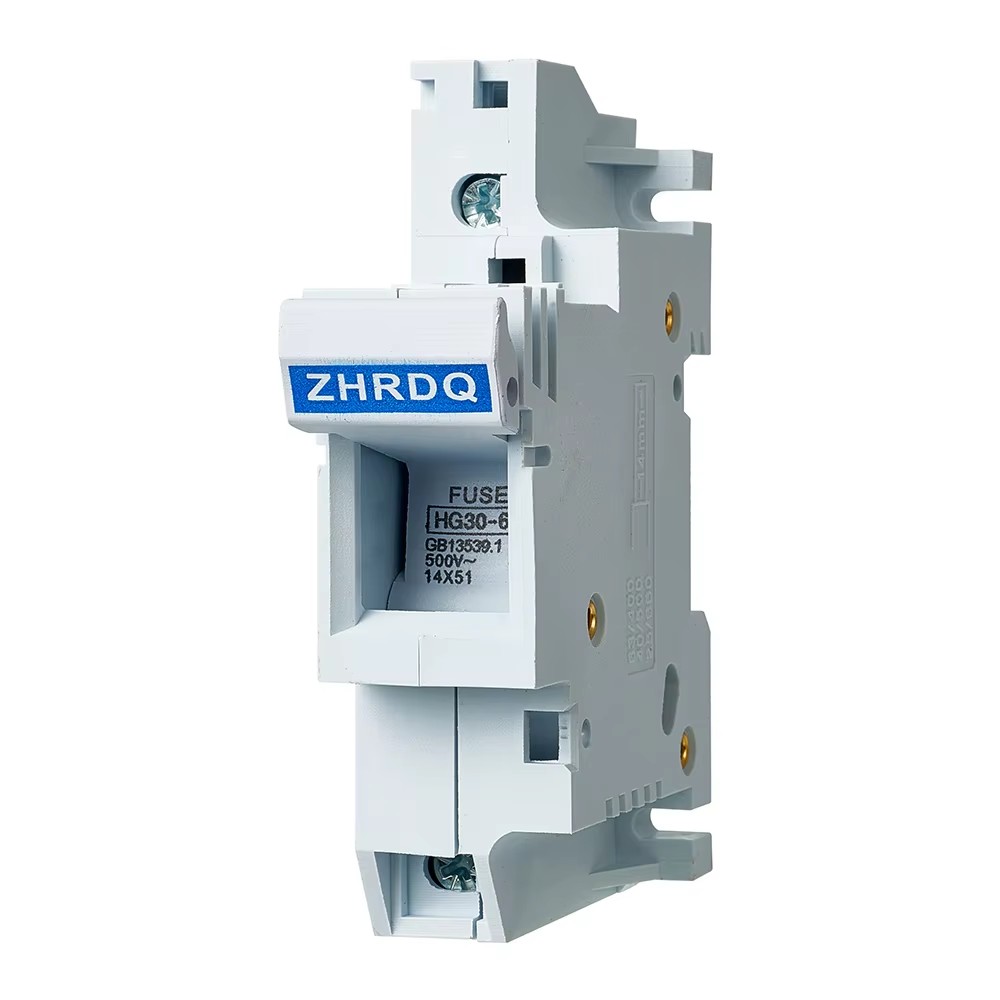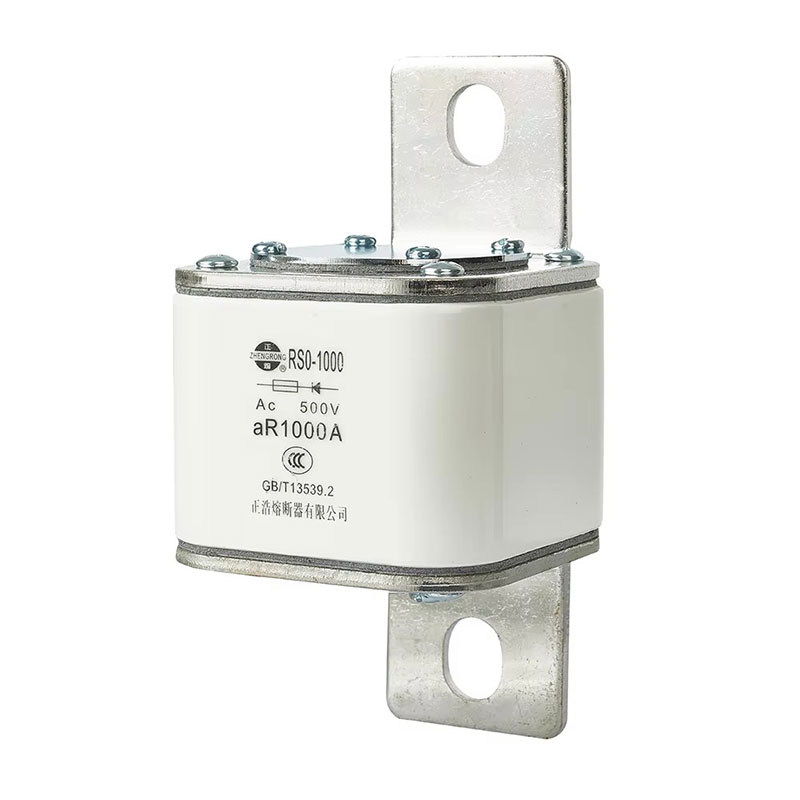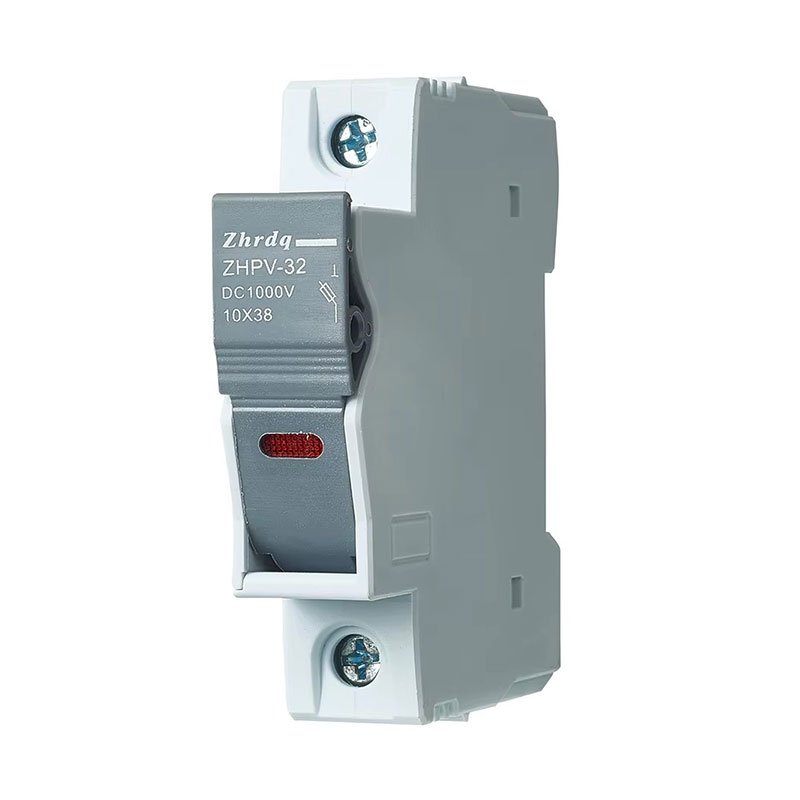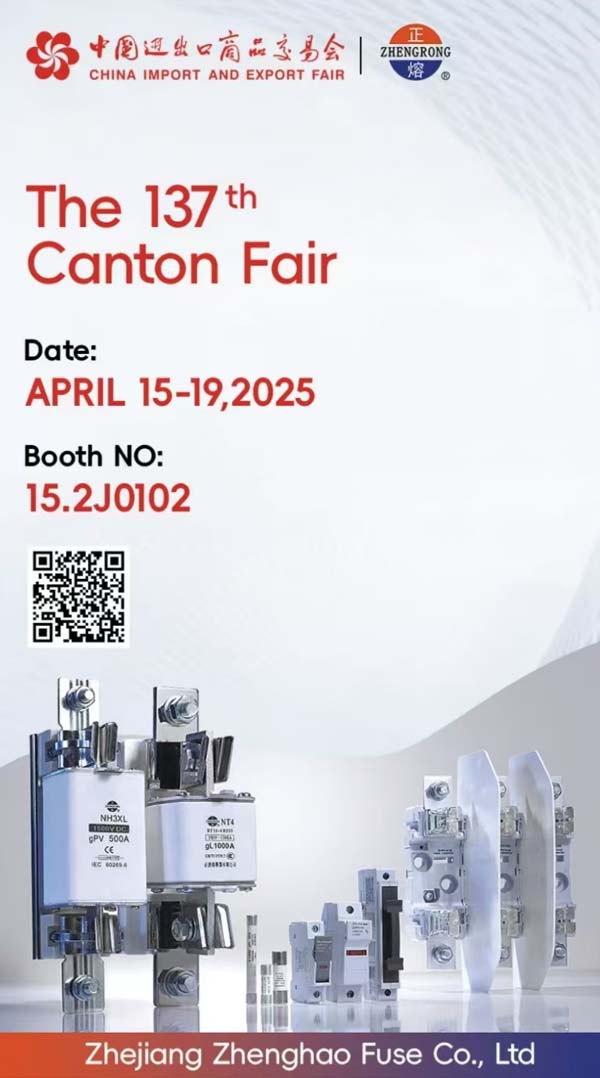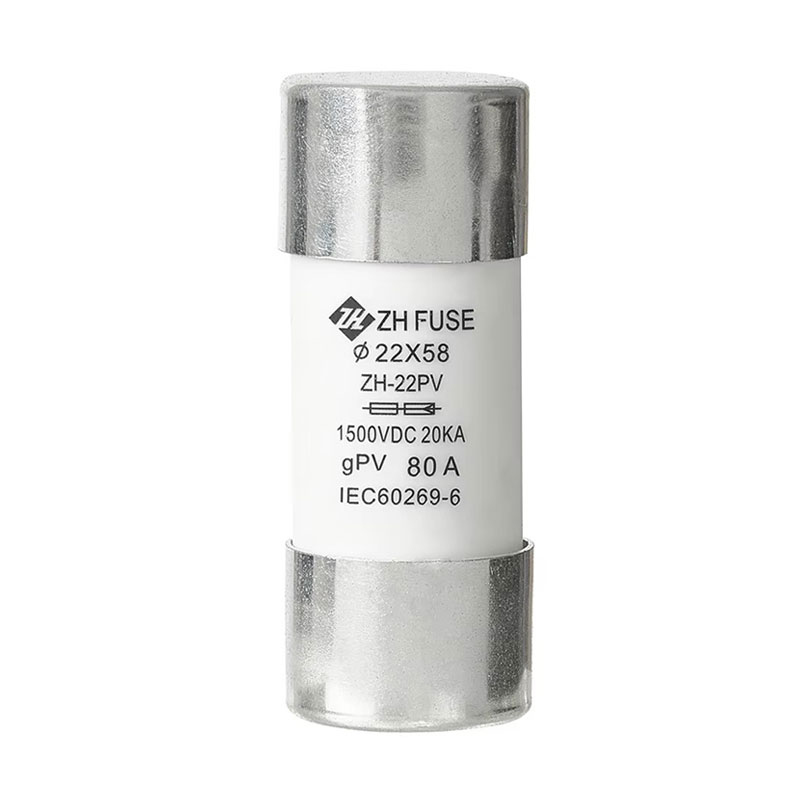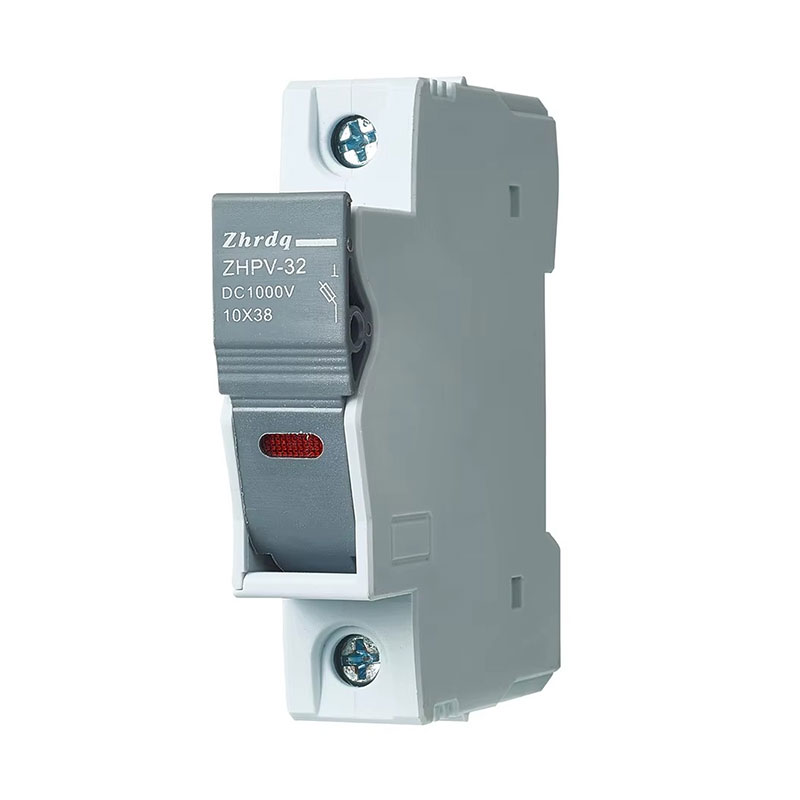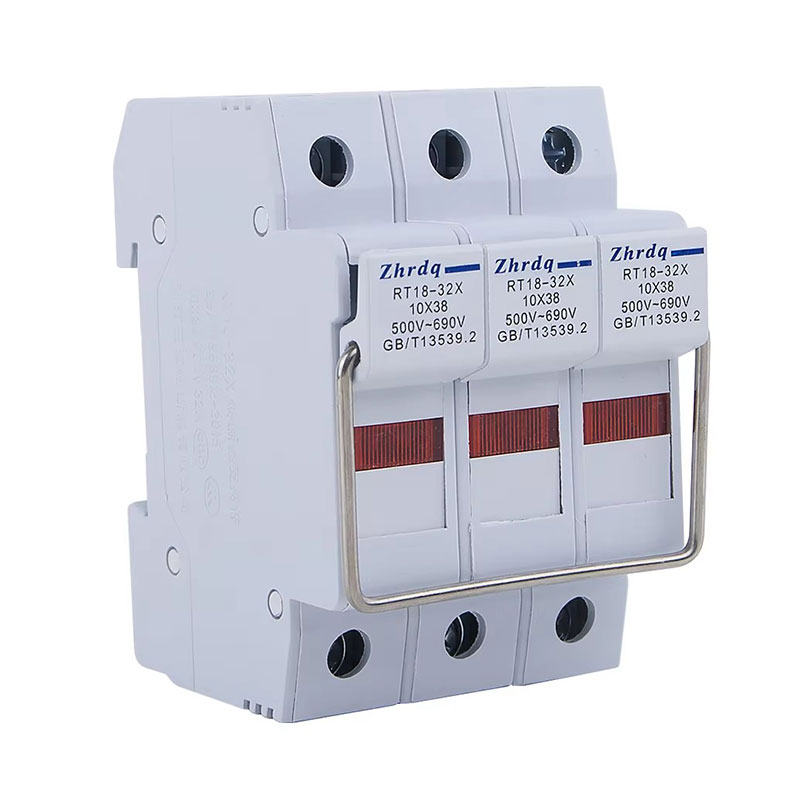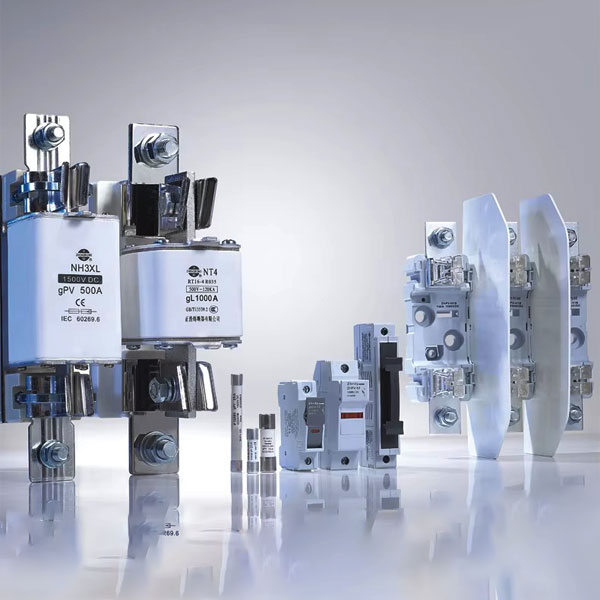Types and characteristics of fuse materials
Low melting point alloys (such as lead-antimony alloys)
The materials of fuses are mainly low melting point alloys, such as lead-antimony alloys. This material has the characteristics of high resistance and low melting point. It can quickly melt when the current is too large, thereby protecting the safety of circuits and equipment.
Types and characteristics of fuse materials
1. Low melting point alloys
Lead-antimony alloy is the most common fuse material. Due to its high resistance and low melting point, it can quickly melt when the current is abnormal.
Other low melting point alloys include aluminum-antimony alloys, etc., which also have good fusing performance.
2. Other materials
Glass: The outer shell of glass fuses is made of glass, and contains fine copper wire or lead wire inside. It is widely used in household appliances and automobiles.
Ceramic: Ceramic fuses have high heat resistance and insulation properties, and are suitable for power systems and industrial equipment with high current protection.
Aluminum alloy: Aluminum alloy fuses are used in high voltage circuits, such as transmission lines and power transformers, and have good conductivity and corrosion resistance.
Organic composite materials: Combining the advantages of organic materials and metal materials, it is suitable for high-demand circuit environments such as aerospace and communications.
Selection basis of fuse materials
Resistance and melting point: Fuse materials need to have the characteristics of high resistance and low melting point to ensure that they can be blown in time when the current is too large.
Application scenarios: Fuses of different materials are suitable for different circuit environments and equipment requirements. For example, glass fuses are suitable for household appliances, while ceramic fuses are more suitable for industrial equipment.
Summary
The material selection of fuses is directly related to their protection performance. Low melting point alloys (such as lead-antimony alloys) are the most commonly used core materials, while glass, ceramics, aluminum alloys and organic composite materials provide diversified solutions according to specific application scenarios.
- Why Your Solar Array's Safety Hinges on Choosing the Right Photovoltaic DC Fuse
- What Makes Float Switches the Key to Smarter and Safer Liquid Level Control in Modern Industries?
- How Does a Cylindrical Fuse Protect Electrical Systems?
- Why Cylindrical Fuses Are the Core of Modern Electrical Protection Systems?
- Why Choose a Screw Type Fuse Over Other Fuse Types
- Constantly having circuit protection issues?


